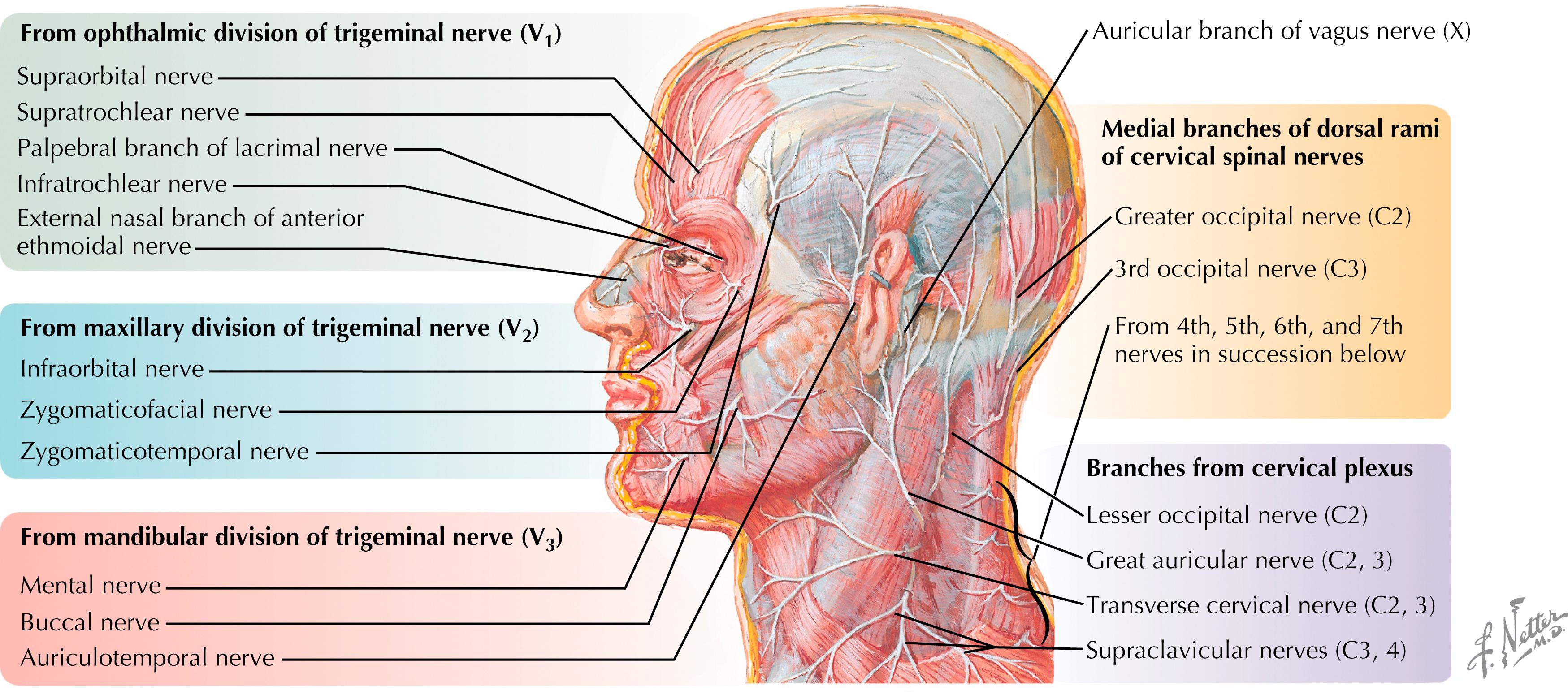Physical Address
304 North Cardinal St.
Dorchester Center, MA 02124
Three to twenty-nine percent of facial injuries are a result of sporting activities.
Sixty to ninety percent of facial injuries in sports occur in males aged 10–29 years.
Approximately 75% of facial fractures involve the zygoma, mandible, or nose.
Most commonly injured teeth are maxillary central incisors, followed by lateral incisors and mandibular incisors.
Perform primary survey, following the ABCDEs (airway, breathing, circulation, disability/neurologic assessment, exposure) of basic life support.
May need to secure airway before making any other assessment.
If neck is injured, use jaw thrust maneuver and maintain cervical spine precautions.
May be difficult to maintain airway with unstable mandibular fracture and some soft tissue injuries.
Can use oral airway or endotracheal tube as indicated in unconscious patients. A nasal trumpet works well in an awake patient without a midface fracture.
Cricothyrotomy may be the only option in emergency.
The spine must be stabilized if there is any doubt regarding injury or if the athlete shows altered mental status.
With facial injuries, providers must check for associated cervical spine injuries or concussion. Approximately 1 in 20 mandibular fractures will have an associated cervical spine injury.
Check for history of abnormalities such as crooked nose, missing teeth, malocclusion, or anisocoria to look for preexisting condition.
Observe for facial asymmetry, facial nerve function, midface widening (intercanthal distance), ocular asymmetry, and malocclusion from multiple angles.
Early examination before swelling causes any asymmetry is optimal.
Bleeding or bruising may be indicative of other possible injuries.
Systematically palpate bony structures, including maxilla and mandible, bimanually with gloved fingers in the oral cavity.
Conduct sensory examination for possible nerve injuries, including all three branches of the trigeminal nerve ( Fig. 48.1 ).

Become a Clinical Tree membership for Full access and enjoy Unlimited articles
If you are a member. Log in here